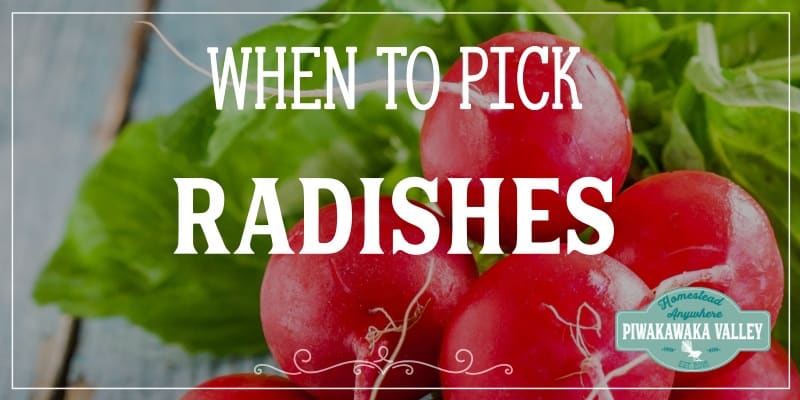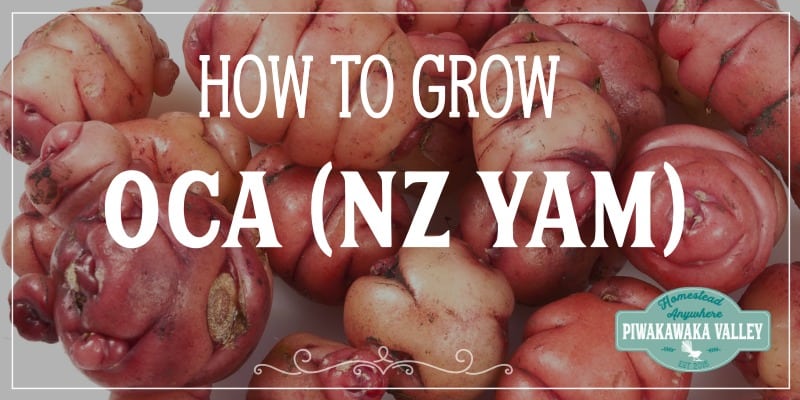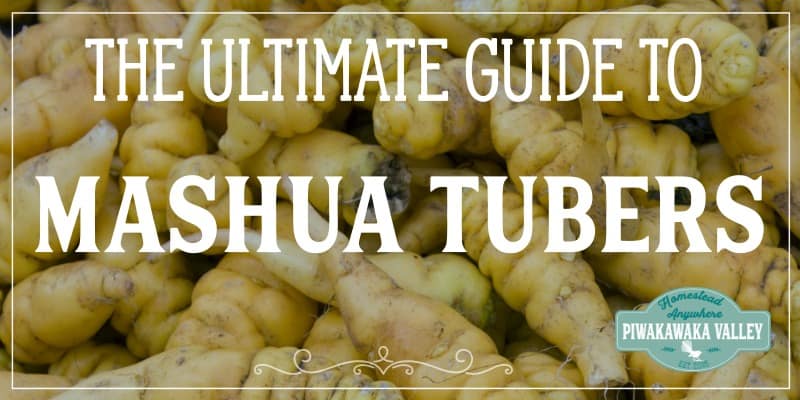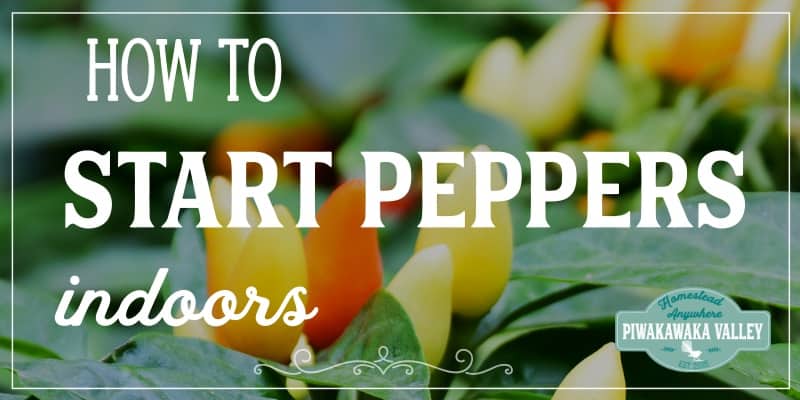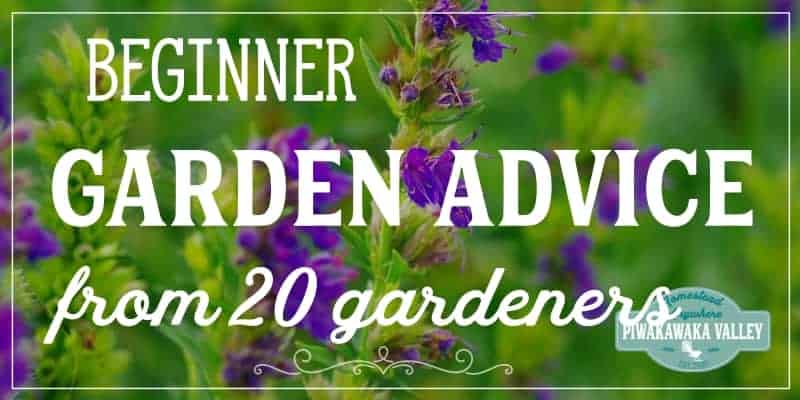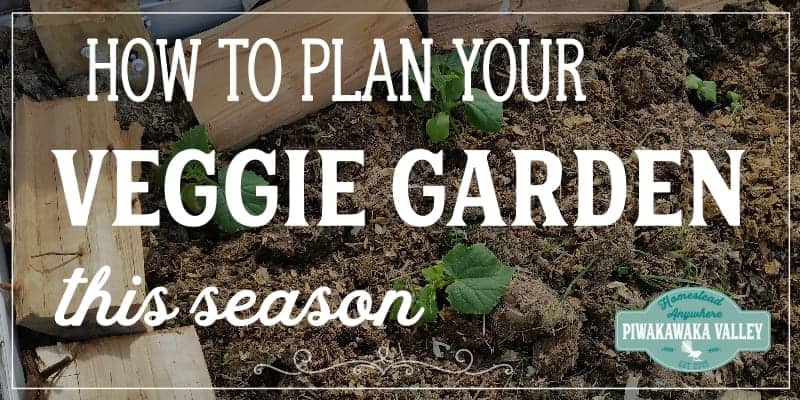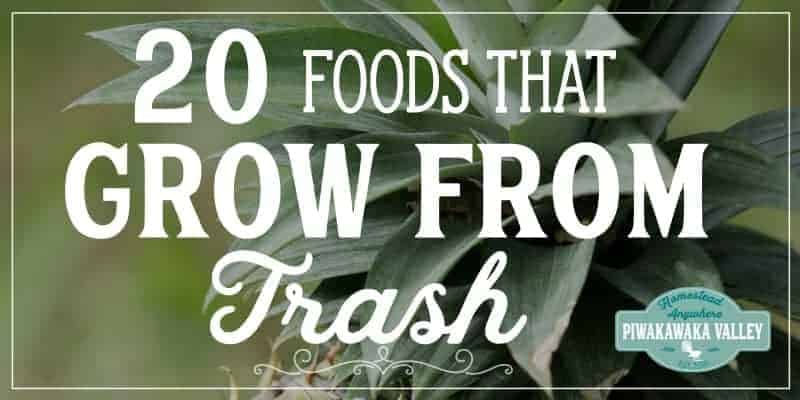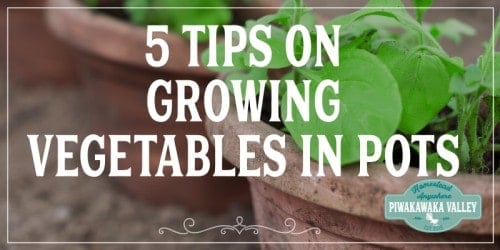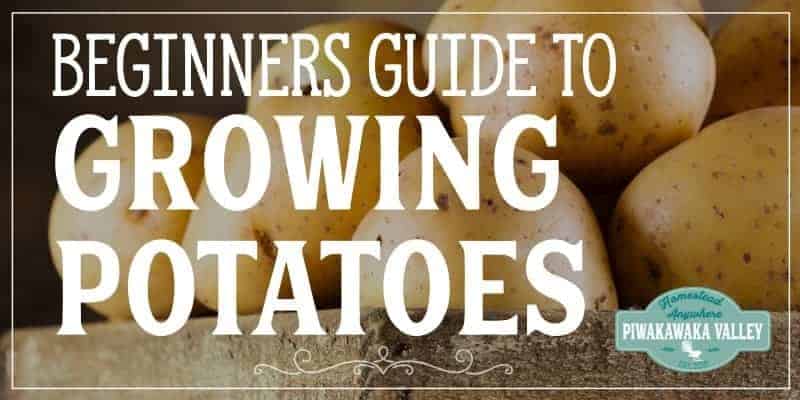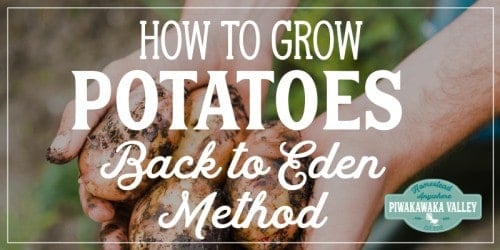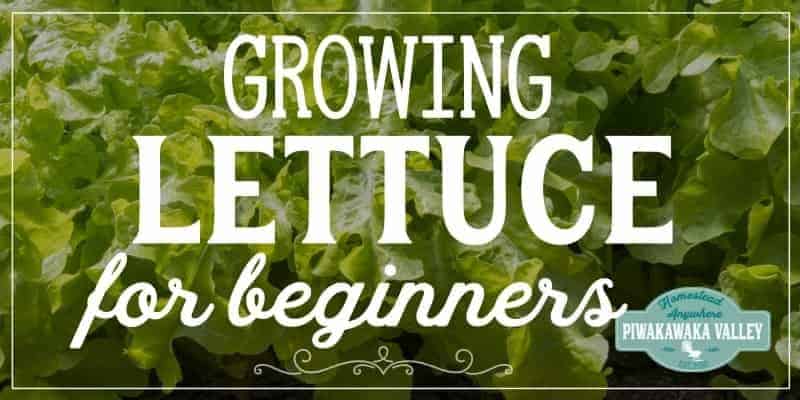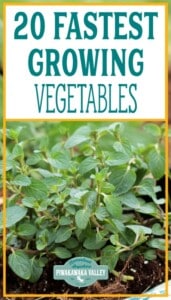This post was most recently updated on December 14th, 2021
If you are starting your garden for the season, found yourself at the end of the season with time until your first frost, or have a spare patch of ground, there are some super quick that you can use to fill the space and get a bonus from. The five are listed below, as well as my top picks for a quick garden to get you eating your own homegrown produce the fastest with a selection of .
Please read: This information is provided for educational purposes only and is not intended to treat, diagnose or prevent any disease. We encourage you to make your own health care decisions in partnership with a qualified health care professional.
This post contains affiliate links, this means at no extra cost to you, we make a commission from sales. Please read our Disclosure Statement
Spring and fall are the times of year that these quick growing crops really come in to their own.
What are the ?
There are many vegetables that will grow quickly which we list below, but the very fastest 5 vegetables that you can grow are:
- Arugula/rocket – 20-40 days
- Radish – 21 days
- Salad greens – 21 days
- Spinach – 25 days
- Tatsoi – 21 days
How do you get the garden to grow fast?
Plants, like other living things have a set group of things that they need to grow optimally. For optimal plant growth you will need:
Warm soil
Many plants germinate at soil temperatures of 10C/50F, some like peas will germinate below that, and others like tomatoes need it to be much warmer.
If you want to give your plants a head start in the cooler months, it is best to sow them indoors or on a heated propagation table. Then harden them off and transplant them outside.
RELATED: Build a heated propagation table
RELATED: How to harden off seedlings
Plenty of nutrients
For quick growth, your vegetables will need plenty of the right nutrients accessible to them in the right ratio. One of the easiest way to do this is to add plenty of natural decomposed organic matter to your soil.
Compost is the best way, and it is super easy to make your own. If you don’t have access to homemade compost, then you could use bought stuff, or even just wing it and use the soil you already have in the garden.
RELATED: How to make compost for beginners
RELATED: The benefits of compost
Moist but not wet soil
To germinate seeds need to be consistently moist, but if they are kept too wet they will rot. Water your seeds once per day with a light spray unless they are outside and it rained that day. If your seedlings dry out they will wither and die quickly.
Keep leafy greens consistently moist to avoid bitterness and bolting to seed too early. Regular liquid feeds encourage healthy robust growth.
Low pest pressure
Slugs and caterpillars/worms tend to be the biggest pests that will destroy your seedlings as they sprout or when you first transplant them.
Strong plants are less likely to be susceptible to pest pressure, so keeping them well fed, well watered and warm will help.
Keep slugs away by using slug bait, crushed egg shells or coffee grounds and use orange peels to catch them.
RELATED: Free Gardening Resources
Know your climate
Knowing when your first and last frost dates are for your region, plus what growing zone you are in can help you plan when to start your garden, and when to expect it to peter out. You can get your local frost dates by simply asking Google these days!
Seeds should be sown inside 4-6 weeks before your last frost date. The start of the season and the end of the season is cooler meaning that plants will grow slower. You can cover them with a low tunnel like this one to help keep them warm and growing.
RELATED: What is your USDA zone
20 Fast growing crops for a quick harvest
The estimated harvest day listed below just marks a point where growth may be at its peak. Many of these varieties are ‘cut and come again’, which means that you can trim off leaves to use and leave an inch at the base, so that new leaves will grow—sometimes several times over.
1. Arugula | Rocket | 20-40 days
This mildly peppery herb and leafy salad green is a rapid grower. It’s ideal to pick leaves when young and small as the flavour is not as spicy
2. Beets | 40-70 days
You can eat both the leaves as salad greens and the root as beetroot.
3. Broccoli Raab/Rapini/Rabi | 40-60 days
Although it has broccoli’s name, broccoli raab is not a true broccoli. It is, however, more closely related to turnips which is probably why the leaves look like turnip.
4. Endive | 35-50 days
With a snappy, crisp bite and a refreshingly mild bitterness, raw endive usually finds its way into salads, but the separated leaves can also be cooked
5. Kale | 30-65 days
Often known as curly kale, it is full of nutrients. It is from the brassica family and is an attractive vegetable, with a deep green colour and curly leaves. Baby leave are used in salads, the larger ones are good steamed.
6. Kohlrabi | 40-50 days
When raw, kohlrabi is slightly crunchy and mildly spicy, like radishes mixed with turnip. You can toss them in a salad, make a slaw out of grated kohlrabi, or cook and mash them like potatoes.
7. Leaf lettuce | 40-60 days
There are three types of leaf lettuce: red, green, and oak. Don’t look for a “head” on them because the leaves branch from a single stalk. A great pick and come again crop.
8. Mache/ Corn salad | 45-50 days
It has a characteristic nutty flavour, dark green colour, and soft texture, and is popularly served as salad greens.
9. Mesclun Greens | 30-45 days
Mesclun is a mix of assorted small young salad greens that originated in Provence, France. The traditional mix includes chervil, arugula, leafy lettuces and endive.
10. Mibuna | 21-40 days
Mibuna is a long leaved variety of Japanese Green, reaching up to 30 cm high at maturity. It can be distinguished from the serrated Mizuna Mustard Greens by its smooth, rounded and spear shaped leaves, which have a resemblance to spinach leaves.
11. Mizuna | 35-45 days
This is a leafy green vegetable that’s native to East Asia. It’s also referred to as Japanese mustard greens, spider mustard, or konya. Part of the Brassica genus, mizuna is related to other cruciferous vegetables, including broccoli, cauliflower, kale, and Brussels sprouts. Usually used in salads, it can also be steamed or added to stirfries.
12. Mustard | 21-45 days
Related to kale, cabbage, and collard greens, they are the peppery leafy greens of the mustard plant and are used frequently in asian cooking.
13. Onion greens | 40-50 days
Spring onions or onion greens are grown from seed but eaten before the onion bulbs form. Slice thinly and use in salads, dips, asian dishes and more.
14. Pak Choi | 40-55 days
A leafy green Chinese cabbage that’s ideal for stir-fries or can be steamed till soft in a vegetable side dish. This veggie grows remarkably quickly and is very tasty.
15. Peas | 50-60 days
Sow seeds after pre-soaking to speed up germination in cooler months. Because snow peas don’t need to fill out like podded peas, some of these varieties mature the fastest. Try Bush ‘Oregon’ snow peas (60 days) or Bush ‘Sugarsnap’ (56-58 days)
16. Radishes | 21-30 days
Radishes are sown from seed and harvested in just 3-4 weeks. These delicious crunchy, crisp and colourful vegetables are absolutely the fastest vegetable to grow!
17. Spinach | 30-55 days
Super versatile, this fast growing green can be used in salads as a cut and come again baby leaf, or left to grow larger to be used cooked in other dishes.
18. Swiss Chard | 30-60 days
Swiss chard, or silverbeet as we know it, is a large leafed easy to grow vegetable that can be used in a similar way to spinach. It has a slightly stronger flavour but pairs well with butter and garlic.
19. Tatsoi | 21-45 days
Another asian green, tatsoi is a small low-growing plant that forms a rosette of petite spoon-shaped leaves. It has short pale lime green stems that are succulent and tender, likened to those of a celery heart.
20. Turnips | 35-50 days
Turnips when eaten young are sweet and delicious to eat raw. Left to grow a bit larger you can cook both the tops and the roots.
Fastest growing vegetables in pots and containers
If you have a container garden, many of the salad greens can be grown quickly in pots. The upside to a container garden is that they are easier to keep warm, especially if you are growing in terracotta or ceramic pots. These warm up in the sun and keep out the frost a little better than just planting in the ground does.
The best fast growing vegetables to grow in pots are:
- Salad greens
- Radish
- Onion greens
- Arugula
- Tatsoi
If you are wanting to get your garden up and growing quickly or you think you have time to grow a little more before the frosts arrive, these are the fastest vegetables that you can grow in your garden for a quick and easy harvest.
Other
There are other vegetables that are relatively fast to , but are not what I would consider “quick” or “fast” but they are ready to in less than 12 weeks, which means (depending on your local climate) you might be able to grow both one of these crops and a faster in one in one garden space.
, once they are established, can grow to baby carrot size fairly quickly if they are given enough water and warmth.
Getting to germinate can be a challenge if the conditions are not perfect they can take up to 3 weeks to do so.
To increase your chances, sow them into a top layer of fine compost or and keep evenly moist – some find watering the before sowing and then covering with a board a good way to keep the damp while they germinate.
come in two main forms – and (runner ). Pole beans take longer to mature, are faster to , but both take less than 3 months to .
These are simply larger vegetables that are harvested in their young state. You simply much closer together that ones that are expected to reach full size and they are used as “cut and come again” salad greens.
This is when they are harvested multiple times while they are small and tender and then allowed to re-grow.
Sometimes you can then let the grow on and their . Alternatively you can sow as normal and just the all season long. This works particularly well with and .
If you need help getting a garden started at your place, let me teach you how to garden today.
For further reading, I also recommend all of these books. I own every one of them and they are amazing resources!







